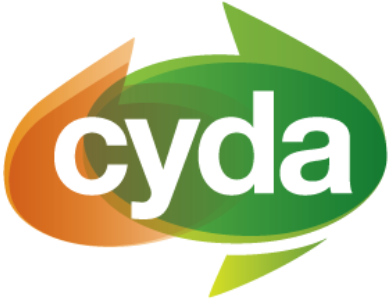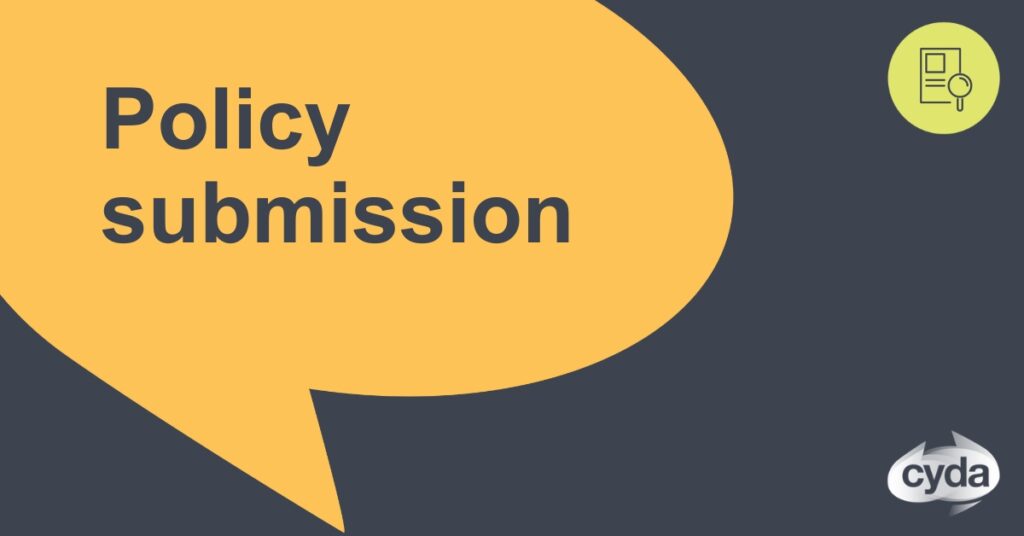Notwithstanding Australia’s ratification of the Committee on the Rights of Persons With Disabilities (CRPD) in 2008 and the provisions of the Disability Discrimination Act 1992 (DDA) in relation to education, the fundamental human right of children and young people with disability to inclusive education continues to be contested in this country.
You can download our full submission using the buttons above.







